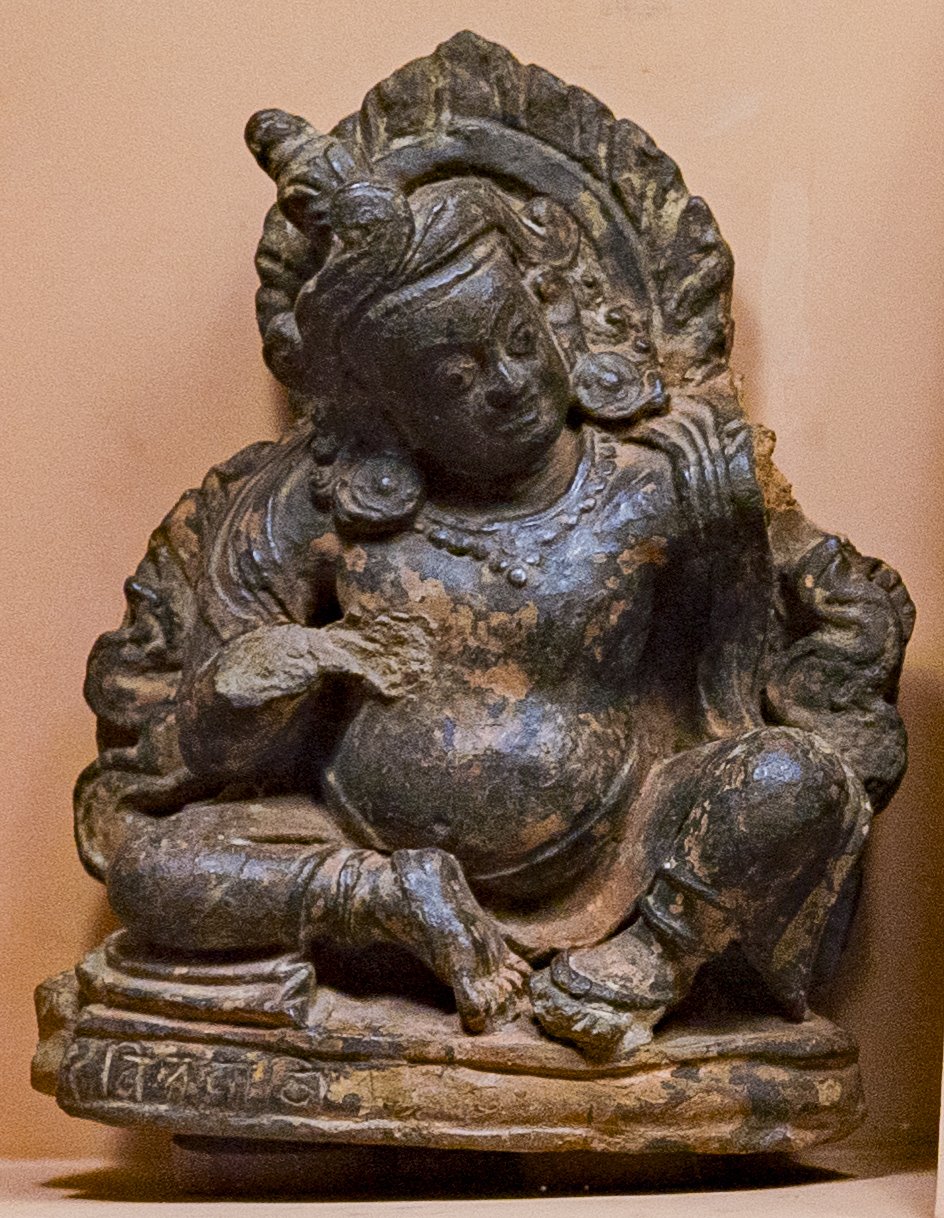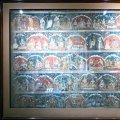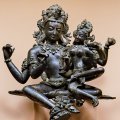Patan Museum (Nepal): photo 157
Photo 157 of 212 in Gallery: Patan Museum (Nepal)

Image title: Virupa (Nepal, 16th century)
Description of the photo
This Terracotta sculpture shows an image of Virupa (or Virupaksha), from the 16th/17th century origination from Nepal.—Materials used: Terracotta.
Description: This image may represent one of the many characters of Hindu mythology called “Virupa,” the name inscribed on it. But “Virupa” may abbreviate “Virupaksha,” another aspect of Shiva and the name Buddhists apply to one of the Guardian Kings of the Four Quarters.
Gallery information:
The Patan Museum is located on the Durbar square of Patan (Lalitpur/Lalitapura, Kathmandu, Nepal) which is associated Keshav Narayan Chowk (Keshavnarayan)—a form of Lord Vishnu. Being listed as a World Heritage Site, the whole of Durbar square is filled with exquisite temples, sculptures and other ancient structures, of which the ancient history history can be traced to the Malla Kings of Lalitpur. It is an important site for both Buddhism and Hinduism.
Photo details:
Date: 2019-12-02
Camera: SONY ILCE-6400
Exposure: 1/20
Aperture: f/5
ISO: 100
Focal length: 18mm
High resolution:
Download file
Size: 820.86 KB
Resolution: 944 x 1218
© Photograph by Gabe Hiemstra.
License: CC BY-NC-ND 4.0

